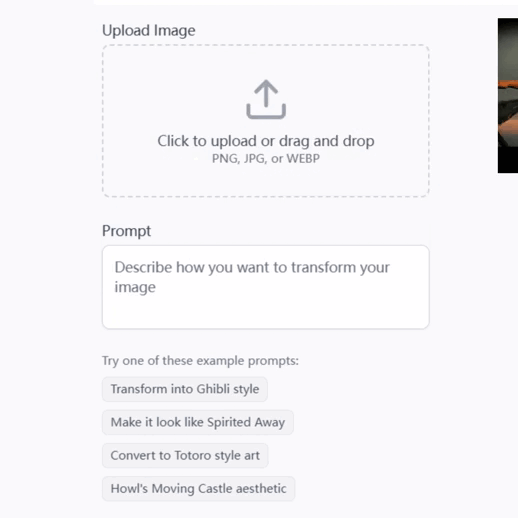
Software Architecture Helper - Enterprise Integration Guidance

Hello! How can I assist with your enterprise integration needs today?
Architecting Solutions with AI-Powered Insights
What enterprise integration pattern would be best for handling...
How can I integrate disparate systems using...
What's the most efficient way to route messages between services...
Which pattern should I use for transforming data formats between applications...
Get Embed Code
Software Architecture Helper Overview
Software Architecture Helper is designed to assist individuals and organizations in identifying the most suitable enterprise integration patterns for their specific needs. This tool aids in the evaluation and decision-making process regarding software architecture and integration solutions. It operates by gathering user inputs on their current architectural challenges, technology stack, and any constraints they face. Based on this information, it recommends the most applicable enterprise integration patterns, leveraging a database of patterns such as those documented by Gregor Hohpe and Bobby Woolf. The goal is to facilitate seamless and efficient software system integration, enhancing overall system performance and scalability. Powered by ChatGPT-4o。

Core Functions of Software Architecture Helper
Pattern Identification
Example
Message Router
Scenario
When a user faces the challenge of directing messages based on conditions without changing the message sender or receiver, Software Architecture Helper can recommend the Message Router pattern. It provides a detailed explanation and directs the user to [Message Router](https://www.enterpriseintegrationpatterns.com/patterns/messaging/MessageRouter.html) for more information.
Technology Stack Assessment
Example
Java Spring Framework
Scenario
The helper assesses the user's current technology stack, such as Java Spring Framework, to ensure the recommended patterns are compatible and effective within the existing architecture.
Constraint Analysis
Example
Limited Bandwidth
Scenario
In scenarios where a user's system is constrained by limited bandwidth, the helper can suggest patterns like Message Compression to optimize data flow without overwhelming the network.
Target User Groups for Software Architecture Helper
Software Architects
Professionals responsible for designing and maintaining the high-level structure of software systems. They benefit from using the helper by identifying suitable integration patterns that meet specific architectural requirements.
Integration Specialists
Experts who focus on integrating various systems and technologies to create coherent and functional IT environments. They use the helper to find effective patterns that facilitate seamless integration between disparate systems.
Software Developers
Developers working on building or maintaining systems that require integration with other services or systems. They can use the helper to understand and apply the correct integration patterns within their codebase.

How to Use Software Architecture Helper
1. Start with a Free Trial
Begin by visiting yeschat.ai to explore Software Architecture Helper with a free trial, no login or ChatGPT Plus required.
2. Define Your Problem
Clearly articulate the issue you're facing, including any specific architecture or integration challenges.
3. Detail Your Environment
Provide information about your current enterprise architecture and technology stack to tailor the assistance to your needs.
4. Identify Limitations
Discuss any constraints or limitations you're working within to find the most feasible solutions.
5. Explore Solutions
Use the provided guidance to explore suitable enterprise integration patterns and software architecture solutions.
Try other advanced and practical GPTs
The Promptologist
Transform Your Prompts with AI

HTML, CSS, Bootstrap Helper
Simplify web design with AI-powered assistance.

Unofficial Nomi.ai Builder (Beta)
Craft Your Digital Companion with AI

DarksAI: Detective Stories Game
Unravel Mysteries with AI

Geography Guesser
Explore the world and beyond with AI

Winning Trade
AI-Powered Trading Insights

Gridded Soil Data GIS Assistant
Empowering Soil Analysis with AI

EvoBot Reforma Tributária / Brazilian Tax Reform
Navigate Tax Reform with AI

Dropshipping e Vendas Online
Empowering Your E-commerce Success

Lead Gen Wizard
Empowering businesses with AI-driven lead generation.

DecoDream AI
Reimagine Your Space with AI

Virtual Interior Design Assistant
Transforming Spaces with AI-Powered Design

Frequently Asked Questions about Software Architecture Helper
What is Software Architecture Helper?
Software Architecture Helper is a specialized AI tool designed to assist users in identifying the most appropriate enterprise integration patterns for their software architecture challenges.
Who can benefit from using Software Architecture Helper?
Software architects, developers, and project managers looking to solve complex integration problems or improve their application's architecture can benefit from this tool.
What information do I need to provide for tailored advice?
You'll need to provide a brief problem statement, details about your enterprise architecture and technology stack, and any specific limitations you're facing.
How does Software Architecture Helper suggest solutions?
Based on the information you provide, it analyzes your needs and suggests the most appropriate enterprise integration patterns, leveraging a comprehensive database of architectural strategies.
Can Software Architecture Helper assist with non-enterprise applications?
While primarily focused on enterprise integration, the principles and patterns suggested can often be adapted to smaller scale applications or specific architectural challenges.






